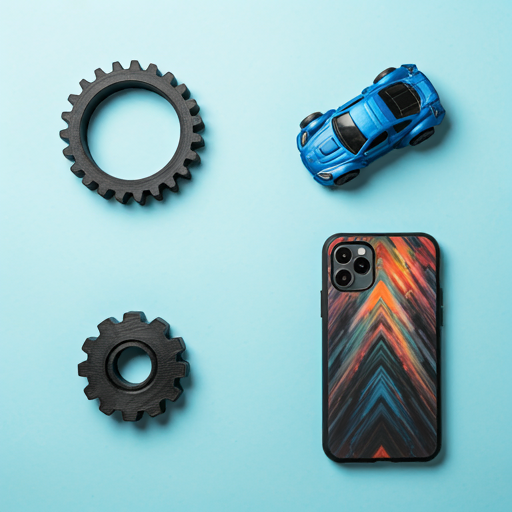
-
How it works
-
Industries
-
Services
-
Material
-
Company
-
Resources

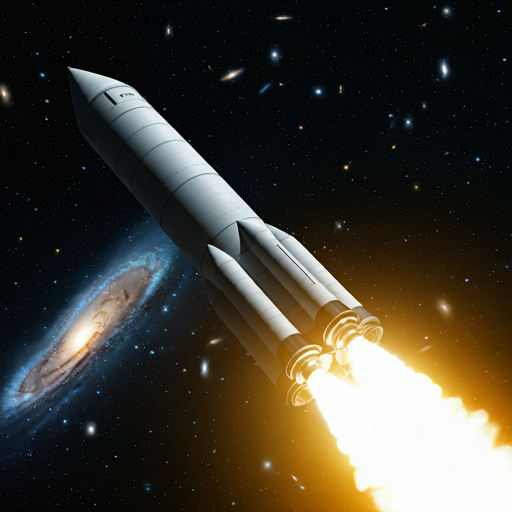

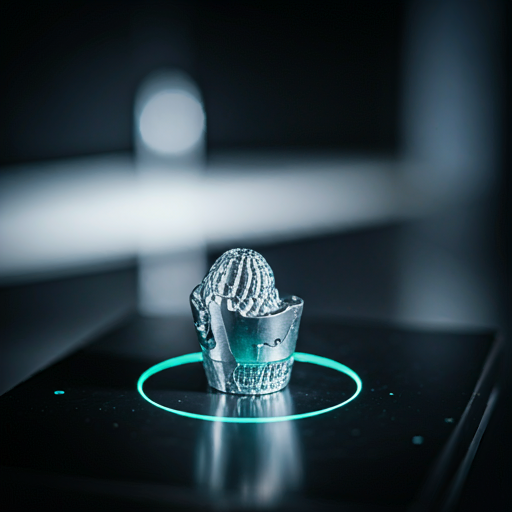




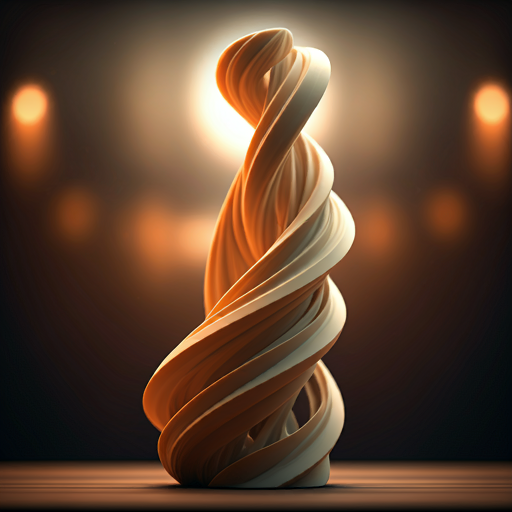
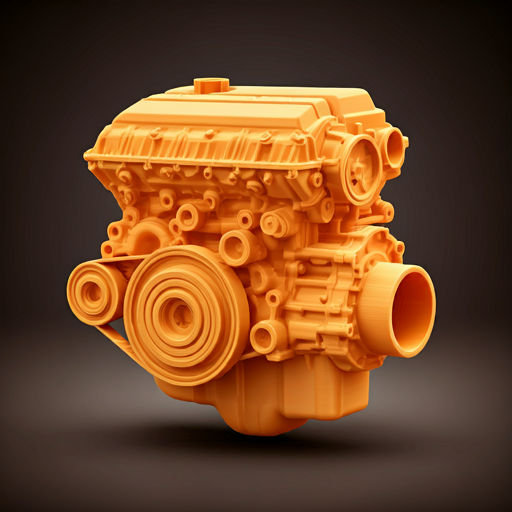

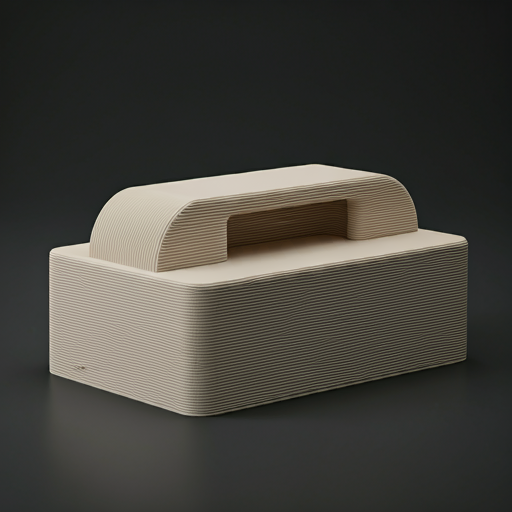
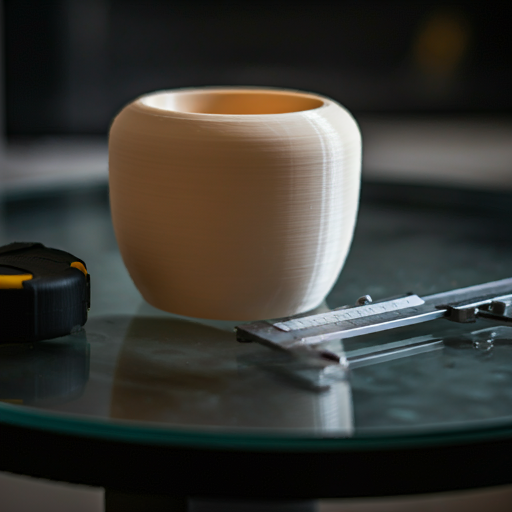
 Industries
Industries
Discover Wood Filled PLA—a unique composite material combining PLA with real wood fibers, offering a natural wood-like appearance and feel for aesthetic 3D prints.
Wood Filled PLA is a composite 3D printing filament made by blending PLA (Polylactic Acid) with fine wood fibers, typically comprising around 20-40% wood content. This material combines the ease of printing associated with PLA with the aesthetic and tactile qualities of real wood. Printed parts have a natural wood-like appearance, including grain and texture, and can be sanded, stained, varnished, or painted similar to traditional wood. The material emits a pleasant wood scent during printing and offers good dimensional stability with minimal warping. While it retains the biodegradability of PLA, the added wood fibers can slightly alter the mechanical properties, making it somewhat more brittle. Nevertheless, it remains easy to print and is suitable for users seeking to produce parts with a unique, wood-like finish without the need for extensive post-processing.





 FDM compatible
FDM compatible Composite compatible
Composite compatible Wood-Like Appearance and Texture
Wood-Like Appearance and Texture Easy to Print
Easy to Print Can Be Sanded and Stained
Can Be Sanded and Stained Pleasant Wood Aroma During Printing
Pleasant Wood Aroma During Printing
 Abrasive to Nozzles
Abrasive to Nozzles Brittle Compared to Standard
PLA
Brittle Compared to Standard
PLA Requires Larger Nozzle Sizes
Requires Larger Nozzle Sizes
 Inconsistent Diameter (in some
brands)
Inconsistent Diameter (in some
brands)Key Wood Filled PLA properties rated to guide you in selecting the best fit for your 3D printing needs.
Wood Filled PLA is ideal for creating 3D prints with a natural, organic aesthetic, suitable for decorative items, artistic projects, and models where a wood-like appearance is desired. It allows designers and artists to produce intricate wood-like objects without traditional woodworking tools.
 Sculptures
Sculptures Decorative pieces
Decorative pieces Custom furniture accents
Custom furniture accents Architectural models
Architectural models Scale models of wooden structures
Scale models of wooden structures
 Interior design prototypes
Interior design prototypes Jewelry
Jewelry Home décor items
Home décor items Customized accessories
Customized accessories Teaching aids
Teaching aids Student projects
Student projects Craft activities
Craft activities Aesthetic Models
Aesthetic Models Hobbyist Projects
Hobbyist Projects Figurines and Miniatures
Figurines and Miniatures Prototypes with Wood Finish
Prototypes with Wood FinishSlightly more brittle than standard PLA due to wood fibers; suitable for decorative and low-stress applications.
| Property | Value, metric |
|---|---|
| Tensile Strength | Approximately 35 MPa |
| Tensile Modulus | Approximately 3,000 MPa |
| Elongation at Break (%) | 2-3% |
| Flexural Strength | Approximately 50 MPa |
| Flexural Modulus | Approximately 3,500 MPa |
| Notched Izod Impact Strength | Approximately 10 J/m |
| Shore Hardness | Shore D 75 |
Printing with Wood Filled PLA is similar to standard PLA but may require some adjustments due to the wood fibers. A nozzle size of at least 0.4 mm is recommended to prevent clogging. The material can be printed without a heated bed, but a bed temperature of 40-60°C can improve adhesion.
| Type | Value |
|---|---|
| Lead Time | 1-4 business days |
| Wall Thickness | Minimum 1.0 mm |
| Tolerance | ±0.15%, minimum ±0.1 mm |
| Max Part Size | Up to 450 x 450 x 450 mm |
| Layer Height | 0.1 mm to 0.3 mm |
Similar to PLA with low heat resistance; parts may deform at temperatures above 50°C.
| Property | Value, metric |
|---|---|
| Heat Deflection Temperature (HDT) | Approximately 55°C at 0.455 MPa |
| Thermal Expansion Coefficient | Approximately 70 x 10^-6 /°C |
| Thermal Expansion (Scale 0-100) | 65 |
| Max Service Temperature | Up to 50°C before significant deformation may occur |
Acts as an electrical insulator; not suitable for electrical applications
| Property | Value, metric |
|---|---|
| ESD Safety | Not ESD safe |
| Conductivity | Non-conductive; insulating properties |